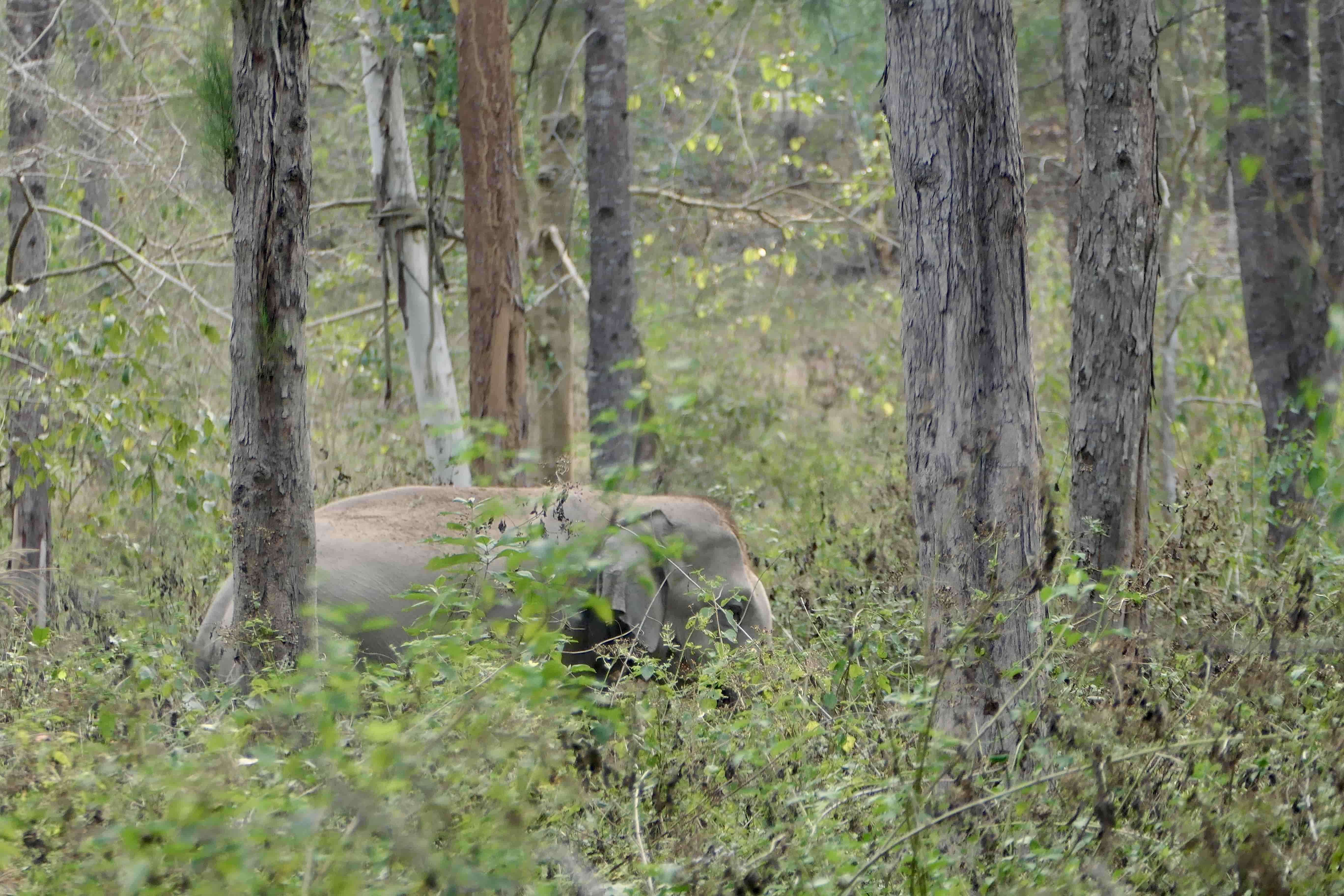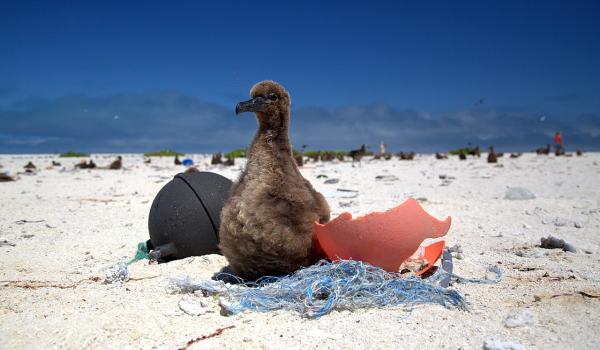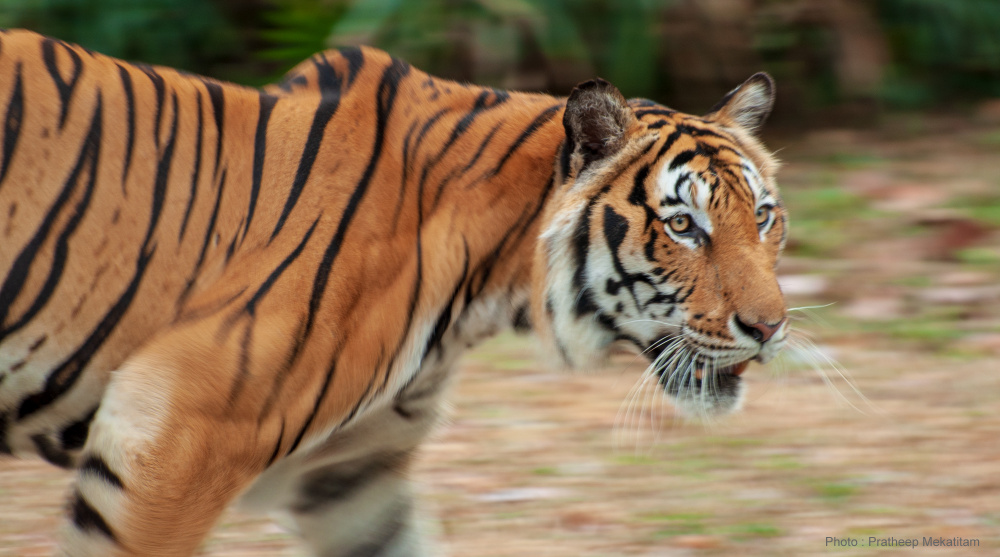Global Tiger Day event sparks awareness on conservation in Thailand
A three-day event under the theme “Go Goal Tigers” in Thailand provided a momentous opportunity for IUCN (International Union for Conservation of Nature) to present its ongoing work on tiger conservation. Through an exhibition booth, the IUCN team showcased its achievements in increasing tiger populations within project sites by 40%.
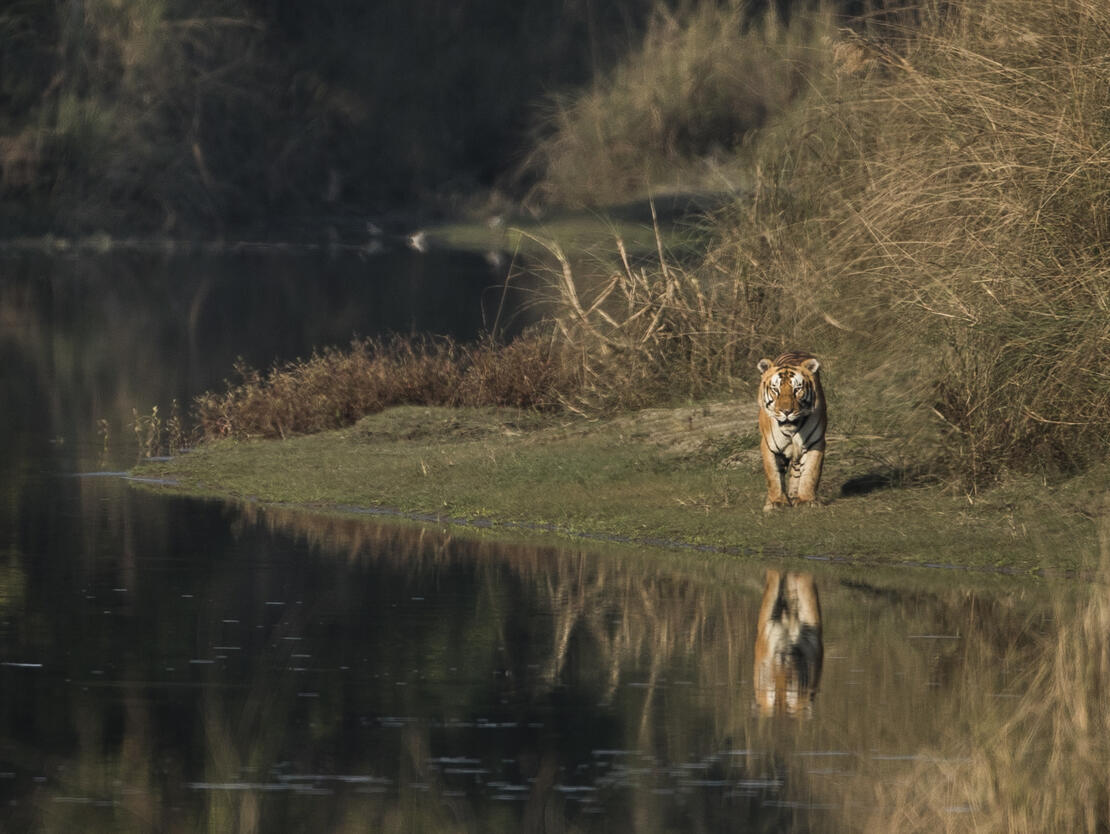
Celebrated every year on 29 July, World Tiger Day is an important opportunity to raise awareness among the public about the vital role tigers play in maintaining healthy ecosystems. This year, IUCN took part in the three-day “Go Goal Tigers” event organised by the Department of National Parks, Wildlife and Plant Conservation (DNP), Government of Thailand, on 25 – 27 July 2024. The event opened with remarks from Mr Kusol Chotirat, Deputy Permanent Secretary of the Ministry of Natural Resources and Environment, and Athapol Charoenshunsa, Director General of DNP.

Over the three-day event, the public were invited to explore the exhibition booth where IUCN’s Integrated Tiger Habitat Conservation Programme (ITHCP), funded by the German Cooperation (BMZ) through the German Development Bank (KfW), was displayed.

Mr Chotirat tours the exhition to learn more about the ITHCP
Through this project, IUCN has been working with partners to strengthen tiger conservation across Asia, including Bangladesh, Bhutan, India, Indonesia, Nepal and Myanmar, with an additional six projects being considered including Thailand. Implemented until 2027, ITHCP will contribute 47.5 million euros for tiger conservation. The project focuses on increasing tiger populations, protecting their habitats and encouraging people who live in and around tiger habitats to reduce unsustainable dependence on natural resources.
Since its inception, ITHCP has contributed to an average increase in tiger populations within projects sites by 40% between 2015 and 2021, and to the restoration of 6,700 square kilometres of habitat. Over 8,000 staff have also been trained in anti-poaching activities and over 80,000 community members living in buffer zones or corridor areas have benefited from sustainable livelihood activities, including eco-tourism.
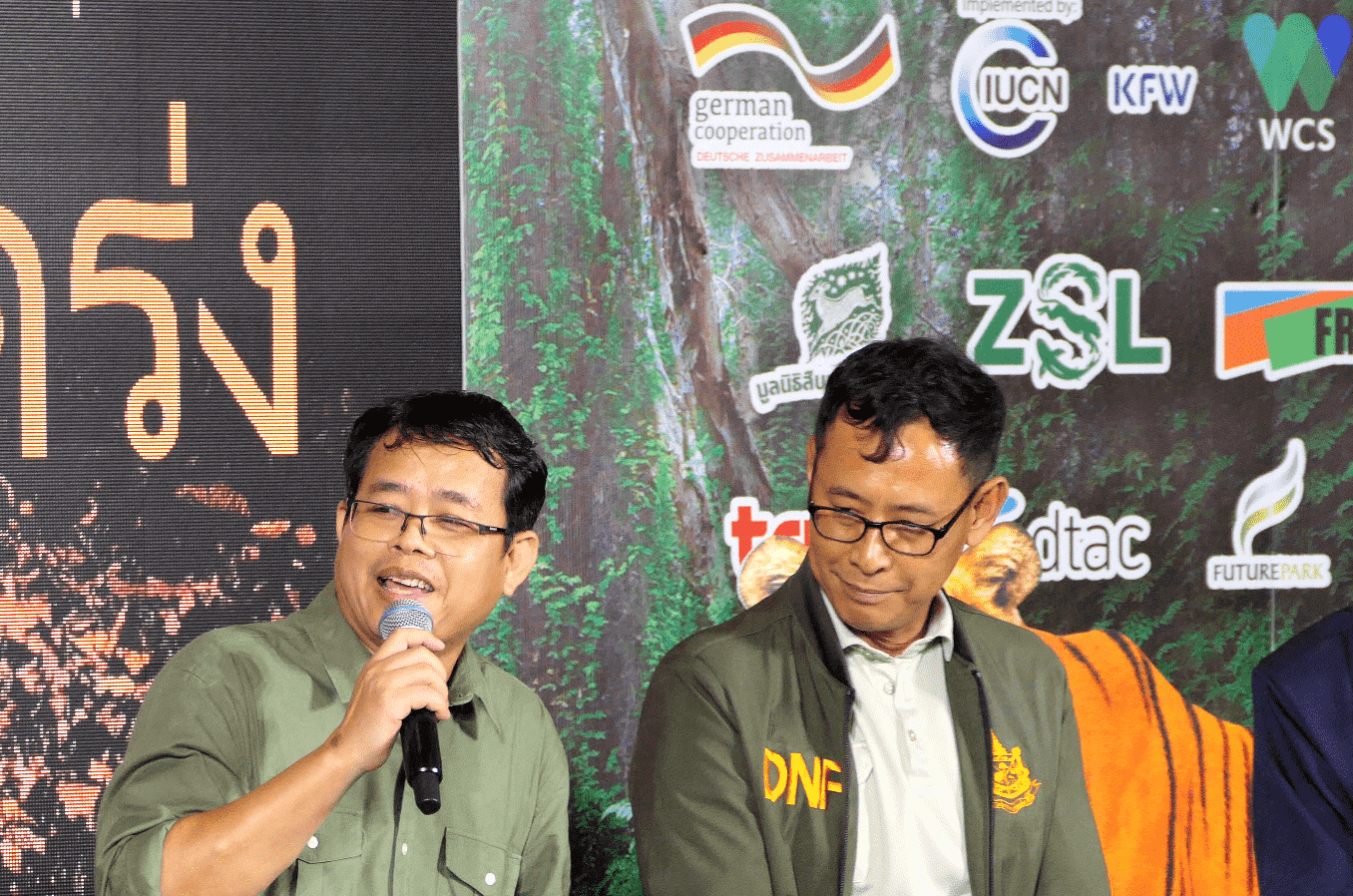
Mr Mekatitam presents IUCN’s ongoing tiger conservation work through the ITHCP
Mr Pratheep Mekatitam, Protected and Conserved Ares Officer, IUCN Thailand, explained that the successful restoration of tiger populations in Thailand is attributed to four key factors: preserving large forests and tiger habitats, preventing hunting threats to tigers and their prey, conserving and restoring prey populations for tigers' survival and reproduction, and closely collaborating with local communities and partner organisations. “Future efforts must focus on reducing human-wildlife conflicts and monitoring the impacts of pandemics and climate change on habitats and prey populations,” he concluded.
IUCN will continue working closely with key stakeholders and partners to promote the importance of species conservation in Thailand and beyond.
